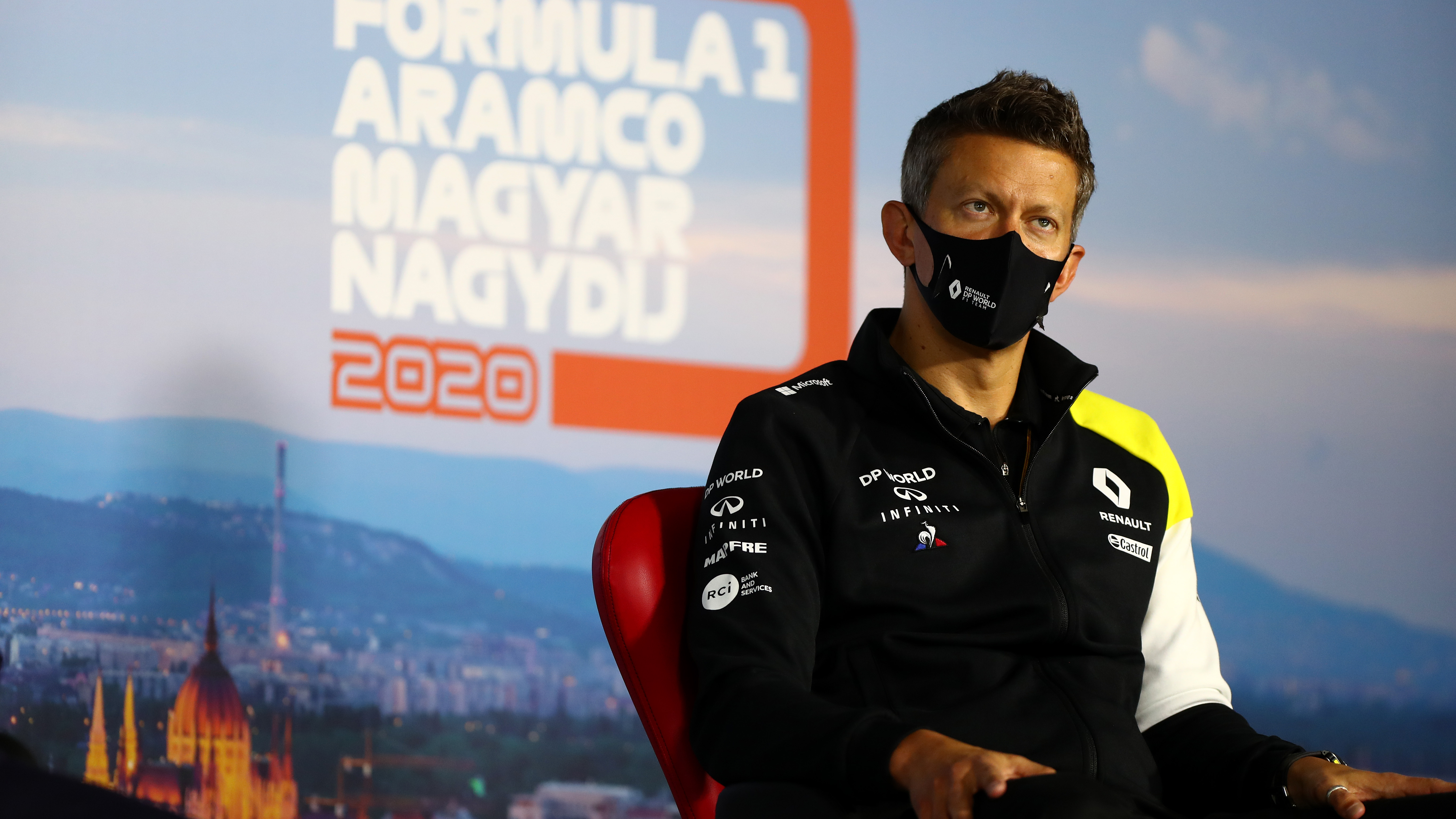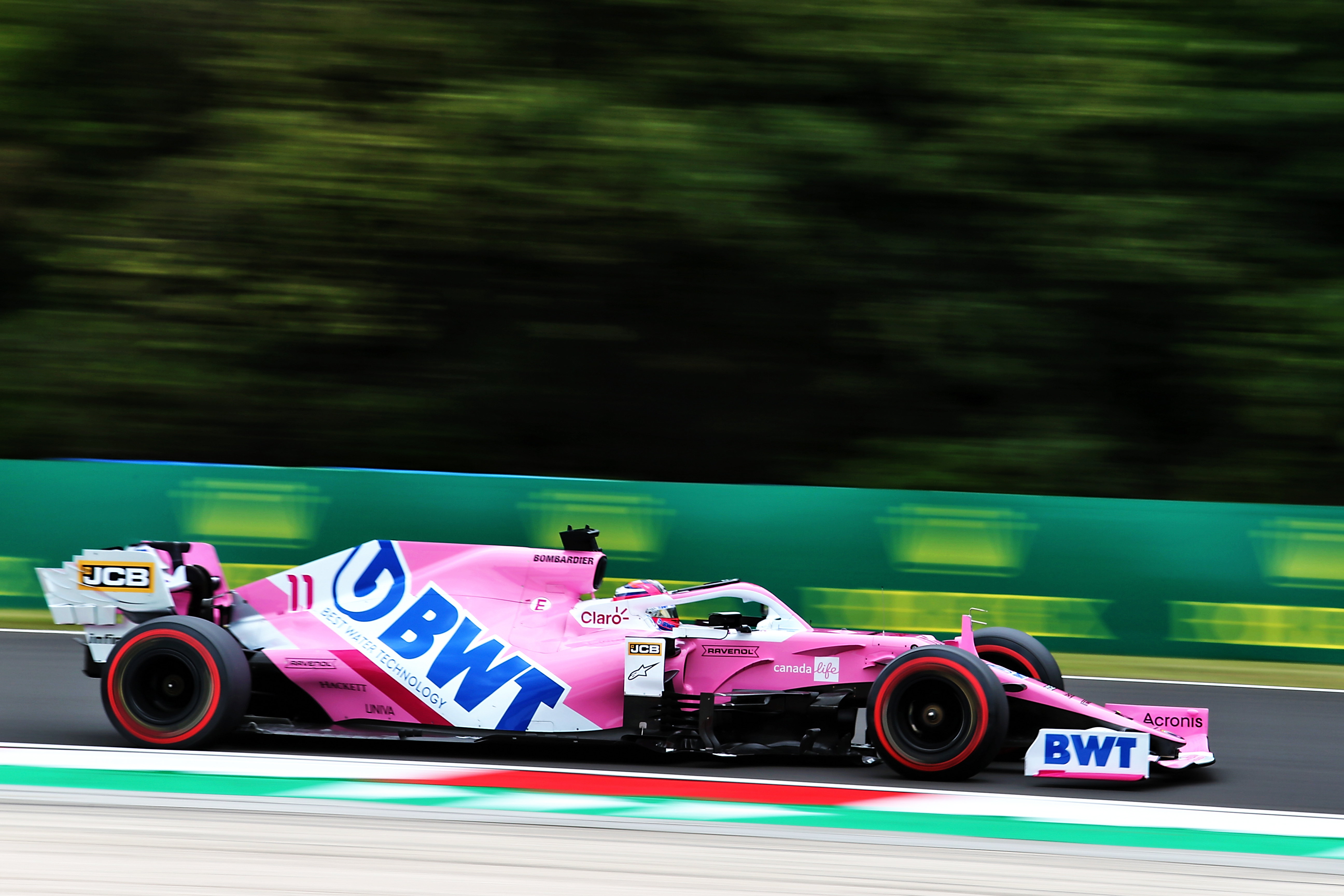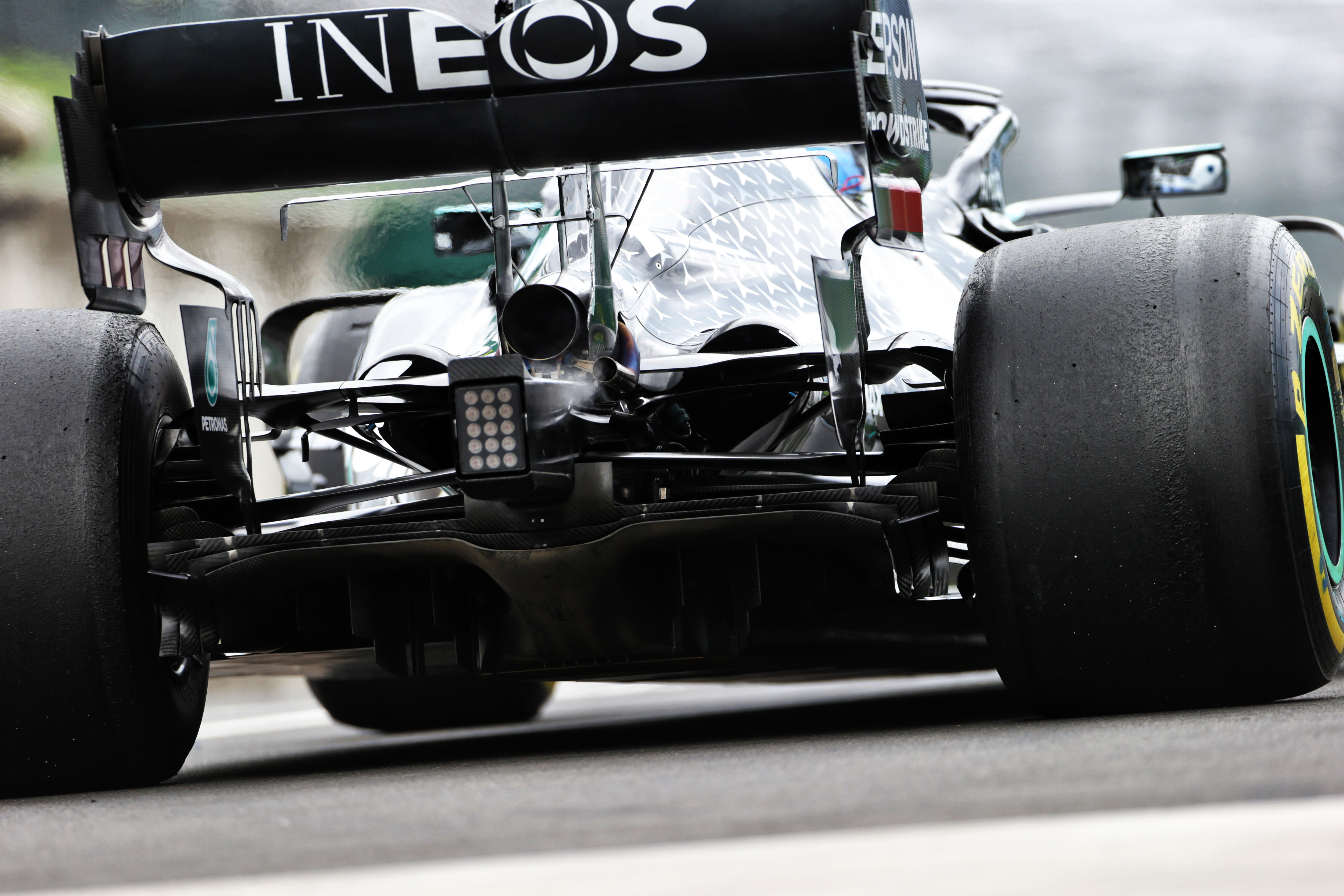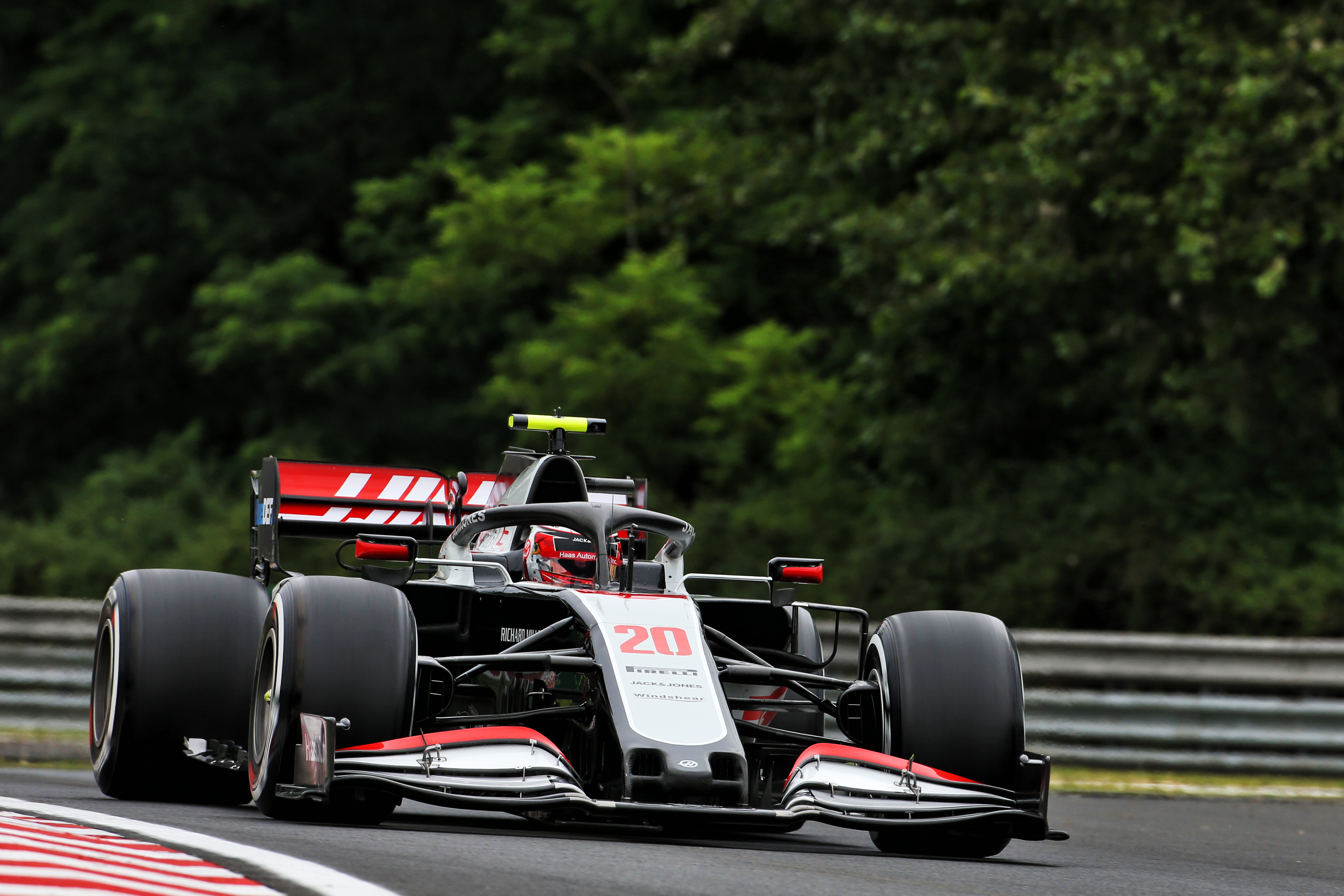Up Next

Both sides involved in Renault’s Styrian Grand Prix protest have explained the basis of their cases on the legality of Racing Point’s brake ducts, with the internals key to the argument.
Renault protested on the grounds of regulations that consider the brake ducts a listed part, meaning Racing Point must prove it designed and owns the intellectual property of the components, as well as holding the exclusive right to race them.
While Renault contends that any similarity of the brake duct internals raises questions because this is not visible from the outside, Racing Point insists it is fully legal.
This will be at the heart of the stewards hearing of the case, which is still awaiting a final date to be held pending an FIA investigation of the technical details.
Once the stewards’ have ruled, an appeal could also follow that would further extend the process.

RENAULT’S CASE
Renault executive director Marcin Budkowski said the importance of the brake ducts to performance, combined with the difficulty of seeing the internals, was key to selecting that part to protest.
“The main point there is brake ducts are essential performance differentiators on today’s Formula 1 cars,” said Budkowski.
“They’re not only there to cool the brakes, they are an essential aerodynamic device, both to the front and at the rear, in terms of extracting aero performance.
“But they are also essential in controlling the tyre temperature and we know that tyre temperatures are fairly important in Formula 1 nowadays. So that’s one of the reasons.
“The other reasons are they are surfaces that are visible to the eye and to the cameras of the numerous photographers that go up and down the pitlane.
“There’s also surfaces that are impossible to see from outside – it would be difficult to copy from pictures.”
Budkowski also underlined the importance of the stewards’ ruling for the long-term direction of Formula 1, echoing what McLaren team principal Andreas Seidl said previously.
Although the stewards cannot move beyond the scope of the specific protest, a precedent could be set by the decision that Renault fears might have long-term implications.
“It’s important to clarify what is permissible and what isn’t, for this season, for the event we protested but for the rest of the season, for next season, but also what Formula 1 we want in the future, what is the model we want,” said Budkowski.
“There’s a great opportunity, together with the ’22 regulations, cars being able to follow each other, overtake each other so better racing, to have 10 teams, maybe more, fighting really on equal terms.
“For us, it’s important to clarify what kind of level of exchanges is permissible.
“Is it permissible to get parts or get geometries from another team and use them on your car or not because we don’t think that’s the right model for F1 in the future.
“So it’s really the protest beyond this race – it’s what kind of model we want for the future of F1.”

RACING POINT’S DEFENCE
Racing Point team principal Otmar Szafnauer said his outfit is currently in the midst of a three-week process of putting together the evidence he says will show the components are legal.
The team had previously described Renault’s protest as “misconceived and poorly informed”.
“We now have to put together the evidence to show that we’re completely legal, we have three weeks to do that and that’s exactly what we’re working on now,” said Szafnauer.
“We’ll provide all the evidence that was asked of us and I think the outcome will be bulletproof, which is quite nice because there are things that the camera can’t see, especially the internal surfaces of a brake duct for example that we completely designed and developed ourselves.
“When you compare the two parts, the FIA then will absolutely know that the brake ducts are unique and our IP and designed by us.”

WHY MERCEDES IS INVOLVED
Front and rear brake ducts were added to Formula 1’s ‘listed parts’ for this season, which are the set of components that teams must design and own the intellectual property to in order to be legal.
There have been suggestions some information exchanged while Racing Point was could legally use Mercedes’ brake ducts in 2019 might have been used improperly to influence the 2020 Racing Point design.
Mercedes technical director James Allison says his team was happy to comply with the FIA’s request to provide the front and rear brake ducts of its 2019 – along with other information – to assist the investigation.
“I think it’s pretty straightforward,” said Allison when asked about his team’s involvement in the protest.
“There’s an argument between Racing Point and Renault and in order to settle that argument the FIA needs to seek some information from us because the dispute is about what brake ducts Racing Point are running.
“So we’re perfectly happy to provide them with the information they’d asked for on last year’s Mercedes brake ducts.”

WHAT ABOUT THE HAAS BRAKE DUCTS?
While Haas is not involved in this case, it faced the same challenge as Racing Point did in ensuring its brake ducts for 2020 are legal.
Haas ran versions of Ferrari’s 2019 brake ducts last year and has had to ensure it followed the correct process to design its 2020 versions so they are legal.
Haas team principal Guenther Steiner has no doubt that it is possible to design similar components legally on the basis his team has done so – although stresses he has no special insight into how Racing Point has approached its design.
“Up to a certain point you can buy or copy what somebody else has got,” said Steiner.
“All the parts you can see from the inside of the wing you have to do yourself, obviously you can see them so you can copy them but you have to design them yourself.
“That is what we are doing. We did it completely legally and I think that they could have done.
“You just take the same geometry but you’re not getting the part or the data for that part, you design it yourself and if you can prove that you have designed it yourself you’re OK.
“I don’t think there can be a lot of controversy on it if you can prove that you’ve done it yourself.”




